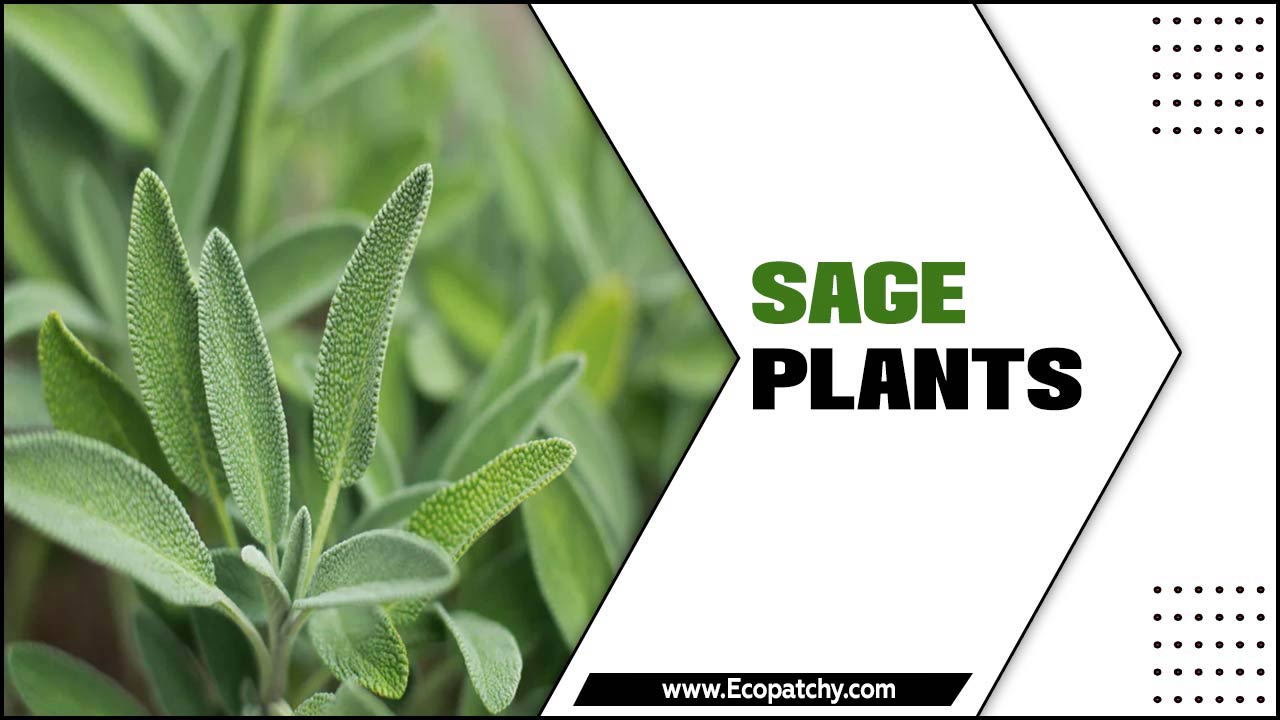Sage is a beautiful and versatile plant with a rich history of medicinal, culinary, and ornamental uses. It has been used for centuries for its healing properties and as a flavoring agent in cooking.
There are over 900 species of sage plants, each with unique characteristics and uses. Here, we will take you through everything you need to know about the different types of sage plants. We will cover everything from understanding the basics of sage plants to ideal growing conditions.
We have also compiled a list of different types of sages and their respective characteristics so that you can choose which one suits your needs best. Furthermore, we have listed down various uses of sage, including culinary, medicinal, and ornamental purposes. Lastly, we have also included tips on caring for your sage plants to thrive beautifully indoors or outdoors.
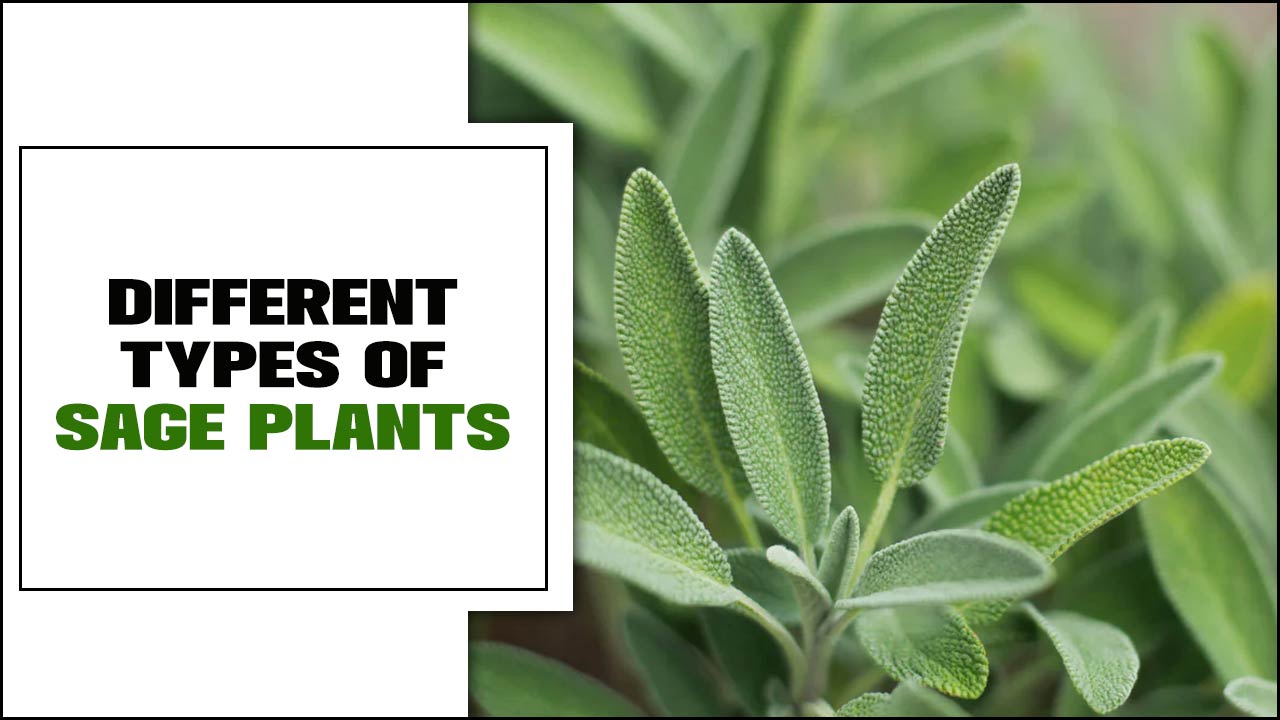
Different Types Of Sage Plants: A Comprehensive Overview
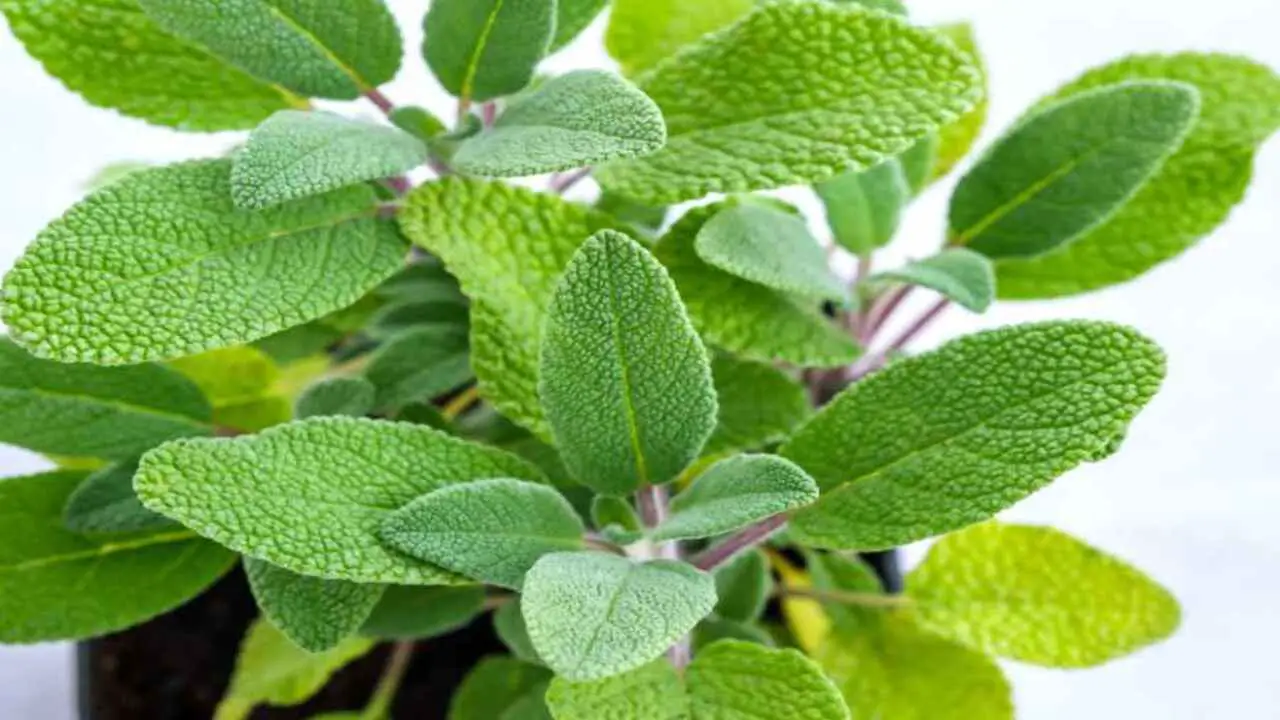
There are several varieties to choose from when it comes to sage plants. Each type of sage plant has unique characteristics and uses, making it important to understand their differences. By familiarizing yourself with these different-types of sage plants, you can choose the one that best suits your needs or experiment with various varieties for a diverse herb garden. Here is a comprehensive overview of the different types of sage plants:
- Common Sage (Salvia officinalis): This is the most well-known type of sage and is often used in cooking. It has grey-green leaves and a distinct aroma that adds flavor to dishes.
- Pineapple Sage (Salvia elegans): As the name suggests, this type of sage has a sweet pineapple scent. It produces vibrant red flowers and can be handy in teas or as a dessert garnish.
- Clary Sage (Salvia sclarea): Clary sage has large, hairy leaves and produces clusters of pale purple flowers. It is often handy in aromatherapy for its calming properties.
- White Sage (Salvia apiana): White sage is commonly used in smudging rituals and is known for its strong fragrance. It has silvery-white leaves and small white flowers.
- Russian Sage (Perovskia atriplicifolia): Although not technically a true sage, Russian sage is often grouped with other types due to its similar appearance. It has aromatic gray-green leaves and produces tall spikes of lavender-blue flowers.
The Importance And Use Of Sage

Sage is a versatile herb that has been handy for centuries for its medicinal and culinary properties. It is popular for its distinct aroma and flavour, which can enhance the taste of various dishes. Sage also has a long history of being handy in traditional medicine for its potential health benefits.
It is believed to have anti-inflammatory, antimicrobial, and antioxidant properties, making it a popular choice for natural remedies. Additionally, sage has been used in spiritual practices and rituals due to its association with wisdom and purification. Overall, sage is an important and widely appreciated herb that adds flavour and potential health benefits to various dishes and preparations.
Understanding The Basics Of Sage Plants
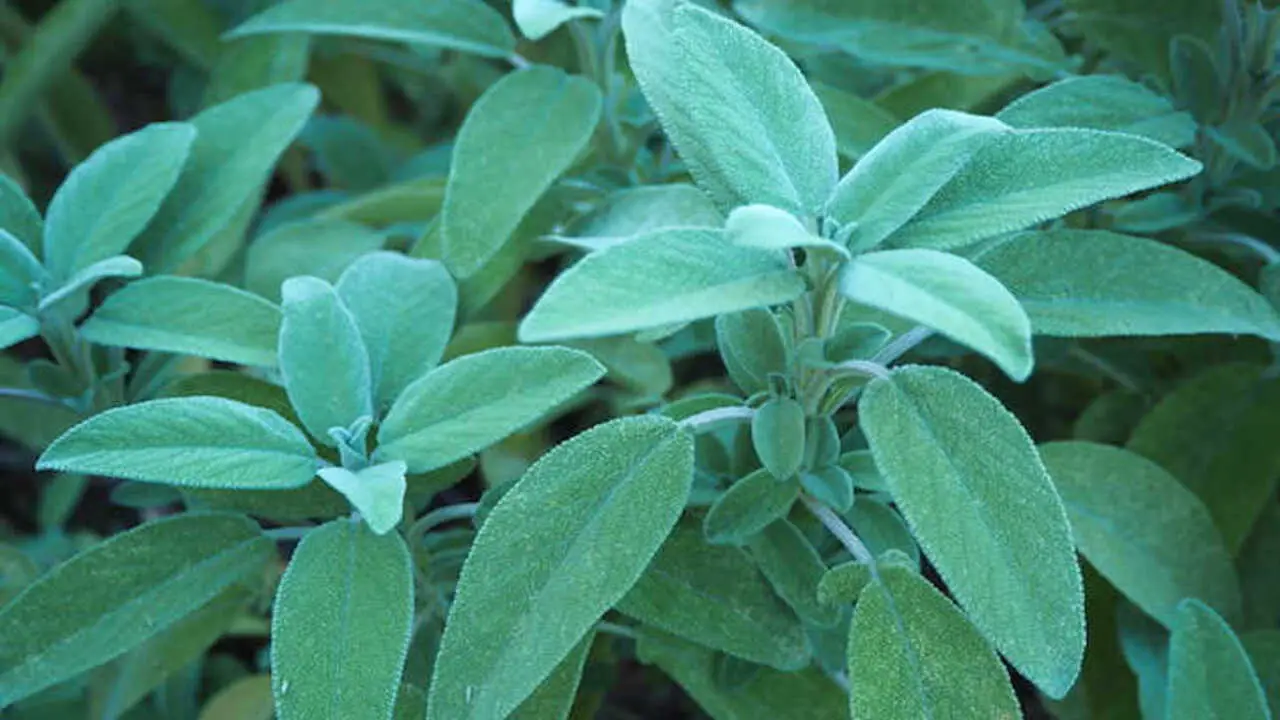
Sage plants are a diverse group of plants that belong to the genus Salvia. They are popular for their aromatic leaves, flowers, and medicinal and culinary uses. There are several different types of sage plants, each with unique characteristics and uses. Some common types include common sage (Salvia officinalis), which is often handy in cooking and has a strong, earthy flavor;
pineapple sage (Salvia elegans), which has a sweet pineapple scent and is often used in teas and desserts; and white sage (Salvia apiana), which is sacred to Native American cultures and is handy for smudging ceremonies. Understanding the basics of sage plants can help you choose the right variety for your needs and take advantage of their many benefits.
Sage Plant Characteristics
Sage plants come in various types, each with unique characteristics. Common sage (Salvia officinalis) is the most well-known type and is often handy in cooking for its distinctive aroma and flavor. This variety has gray-green leaves that are slightly fuzzy to the touch.
Another popular type is pineapple sage (Salvia elegans), which has bright red flowers and leaves that smell like pineapple when crushed. Clary sage (Salvia sclarea) is popular for its tall stalks and large, showy flowers, while white sage (Salvia apiana) is a sacred plant used in spiritual ceremonies. Each type of sage plant offers its beauty and benefits, making it a versatile addition to any garden or herb collection.
Ideal Conditions For Growing Sage
To ensure successful sage cultivation, providing the ideal growing conditions is crucial. Sage plants thrive in well-draining soil and require adequate sunlight for optimal growth. It’s important to understand the watering needs of sage plants, as they are drought-tolerant. Different types of sage have varying temperature requirements. Creating the right environment, with the correct soil, sunlight, and water, will promote healthy sage plants.
The Diversity Of Sage: A Comprehensive List
Explore various sage plants, each with unique characteristics and uses. Discover the geographical origins and cultural significance of these plants, along with the diverse range of colors, flavors, and aromas they offer. From the anise-scented white flowers of Salvia apiana to the earthy aroma of Salvia splendens, there’s a sage cultivar for every gardener’s taste. Get inspired and grow and experiment with different types of sage in your garden.
Garden Sage (Salvia Officinalis)
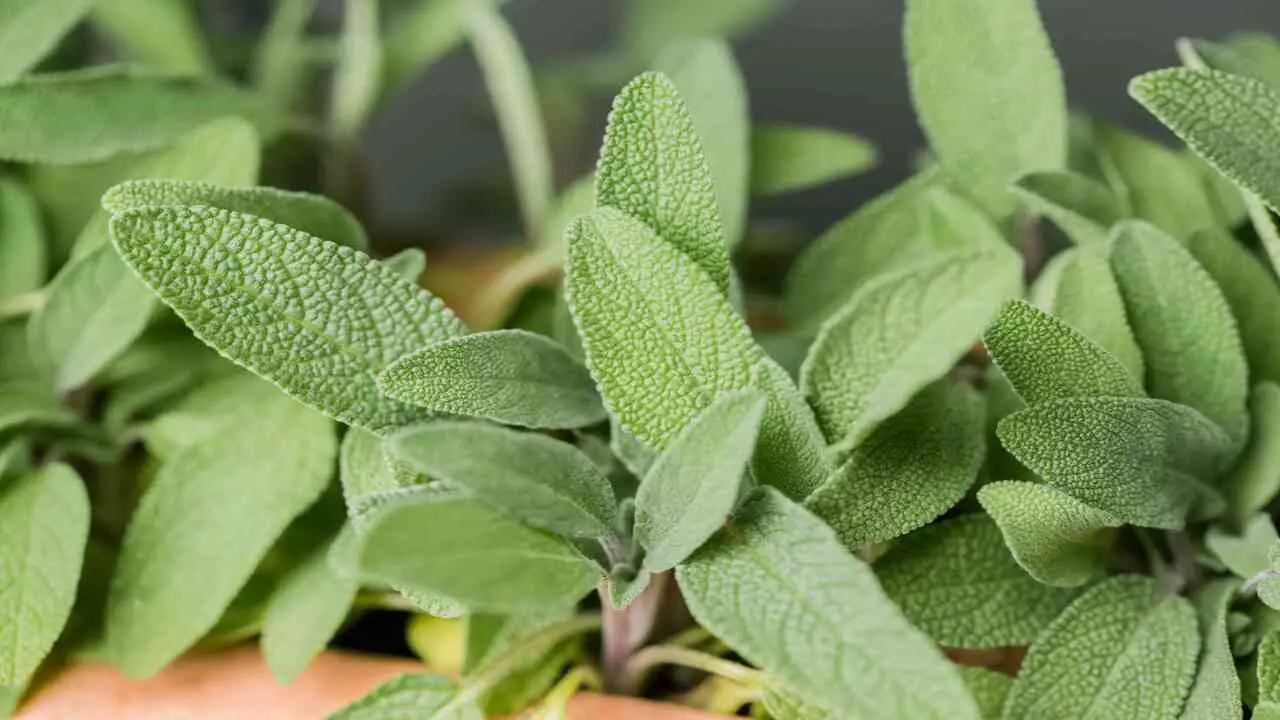
Garden sage, scientifically known as Salvia officinalis, is a popular culinary herb with a distinctive flavor and aroma. It is widely handy in cooking and herbal medicine due to its earthy aroma and versatile taste. Garden sage plants thrive in well-draining soil and require adequate sunlight to grow. You can creatively incorporate garden sage into your recipes and home remedies to enhance their taste and benefits.
Pineapple Sage (Salvia Elegans)
Pineapple sage, scientifically known as Salvia elegans, emanates a delightful fruity scent reminiscent of pineapple. The plants showcase vibrant red flowers and green leaves, adding color to any garden. Apart from its ornamental value, pineapple sage has culinary and medicinal uses. It thrives in well-draining soil and requires full sun to flourish. Embrace its tropical flavor by incorporating it into beverages and dishes.
Clary Sage (Salvia Sclarea)
Clary sage, scientifically known as Salvia sclarea, is a herbaceous perennial. Clary sage adds beauty to any garden with its aromatic leaves and showy purple flowers. This versatile plant has a rich history of use in natural remedies and perfumes. Clary sage thrives in well-drained soil to ensure optimal growth and prefers full sun. The essential oil extracted from clary sage has potential health benefits and is often handy in aromatherapy.
White Sage (Saliva Apiana)
White Sage, also known as Saliva apiana, is a perennial herb native to Southern California and Northern Mexico. Its long silver-green leaves and white or light purple flowers add beauty to any garden. White Sage is popular for its ornamental value and aromatic properties, often used in smudging ceremonies. Indigenous peoples have been harnessing the medicinal benefits of White Sage for centuries. To thrive, this herb requires full sun exposure and well-draining soil.
Autumn Sage (Salvia Greggii)
Vibrant autumn colors make Autumn Sage a standout in any garden. This perennial sage, native to the southwestern United States and Mexico, is drought-tolerant, making it perfect for dry climates. The aromatic leaves of Autumn Sage attract pollinators like hummingbirds, adding beauty and life to your garden. Its compact size makes it a great choice for small spaces or containers. With its vibrant colors and pollinator-friendly attributes, Autumn Sage is a must-have for any garden.
Greek Sage (Salvia Fruticosa)
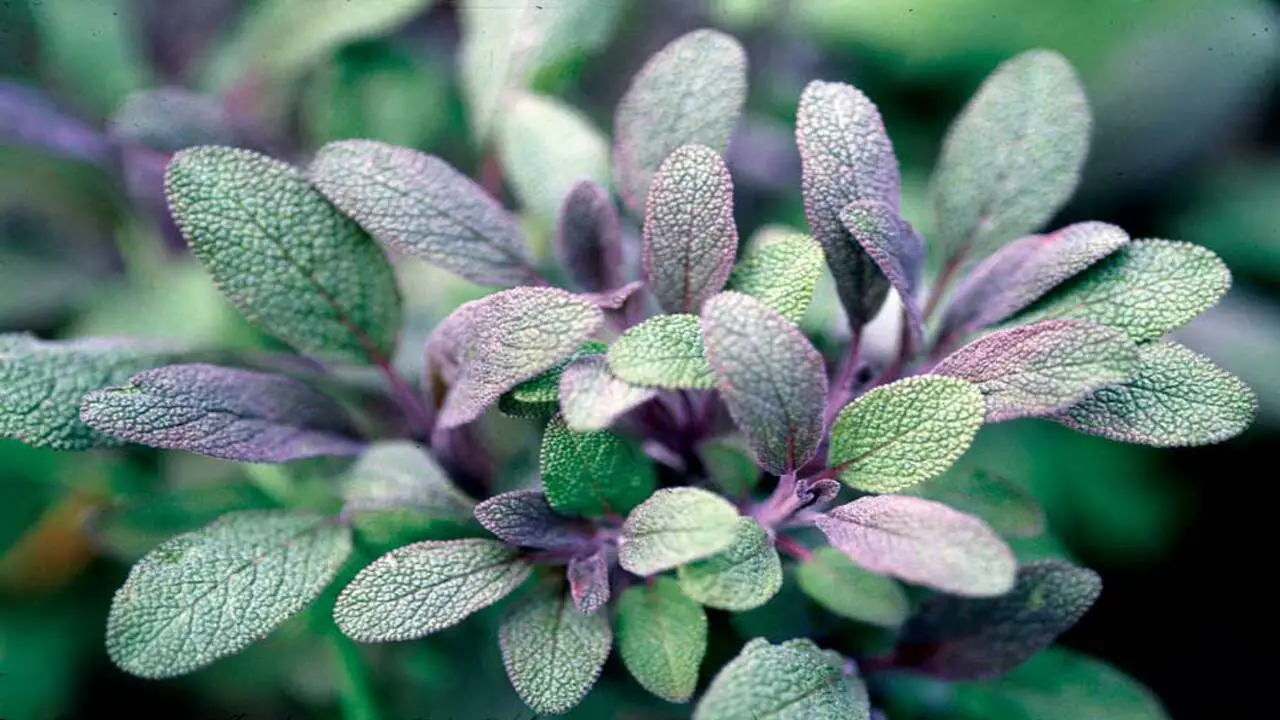
Greek Sage, also known as Salvia fruticosa, is a Mediterranean herb praised for its culinary uses. Its grayish-green leaves provide a beautiful contrast in any garden setting. The tubular flowers of this sage plant bloom from late spring to early summer. Greek Sage prefers well-draining soil and full sun exposure. As a member of the mint family, it boasts a unique flavor that sets it apart from other varieties.
Mexican Bush Sage (Salvia Leucantha)
Salvia leucantha, or Mexican Bush Sage, is a drought-tolerant shrub that thrives in dry climates. It is native to Central America and Mexico. People admire this stunning sage plant for its purple flowers, which attract pollinators like butterflies and bees. Mexican Bush Sage blooms from late summer to early fall, adding vibrant colors to any garden.
Scarlet Sage (Salvia Coccinea)
Scarlet Sage (Salvia coccinea) is a thriving tender perennial that attracts hummingbirds with vibrant red flowers. This North American native belongs to the Lamiaceae family and thrives in full sun. Often used in wildflower mixes and butterfly gardens, this anise-scented sage plant adds a pop of color throughout summer. Its earthy aroma and citrus undertones make it a popular addition to herb gardens.
Hummingbird Sage (Salvia Spathacea)
Hummingbird Sage, known as Salvia spathacea, is a California native with tubular red flowers. It is highly attractive to hummingbirds and butterflies, making it a great addition to any garden. This sage plant thrives in partial shade and moist soil, and its dark green leaves provide appealing foliage. Hummingbird Sage is commonly found in coastal regions of Southern California.
Purple Sage (Salvia Dorii)
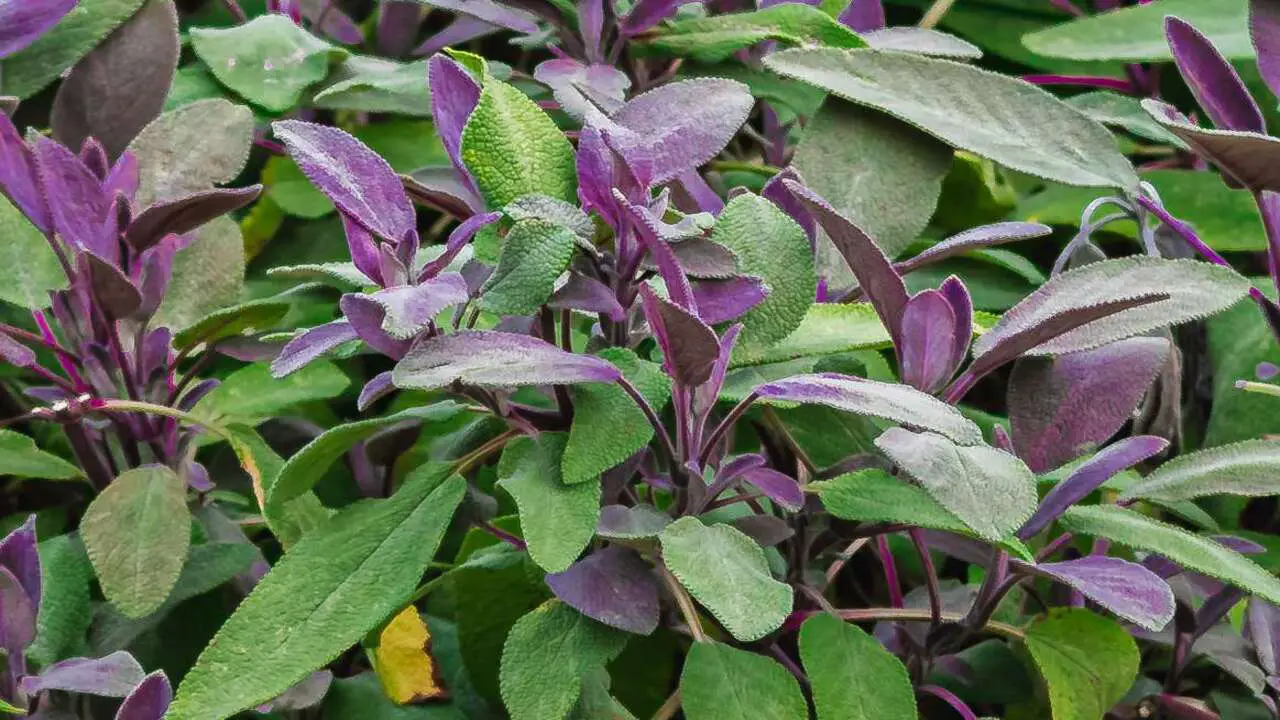
Purple Sage (Salvia dorii) is a drought-tolerant plant native to the deserts of the southwestern United States. With beautiful purple flowers and grayish-green leaves, this sage plant adds texture to any garden. Blooming in late spring and early summer, Purple Sage is an excellent choice for xeriscaping and low-water gardens. It is frost and drought tolerant, making it perfect for dry climates. Salvia dorii belongs to the Lamiaceae family and has an earthy aroma.
Blackcurrant Sage (Salvia Microphylla)
Blackcurrant Sage, also known as Salvia microphylla, gets its name from its blackcurrant-like fragrance. This tender perennial thrives in full sun and produces vibrant red flowers with dark purple calyxes. With its enticing scent and striking appearance, Blackcurrant Sage is a magnet for pollinators like hummingbirds and bees. Originating from Mexico and Central America, this sage plant adds beauty and biodiversity to any garden.
Mealy Cup Sage (Salvia Farinacea)
Mealy Cup Sage, also known as Salvia farinacea, is a hardy perennial that blooms all summer. Its tall spikes bear mesmerizing blue or purple flowers, making it a beautiful addition to any garden. This drought-tolerant sage thrives in full sun and attracts a variety of pollinators, including bees and butterflies. Native to North America, Mealy Cup Sage is a must-have for any garden enthusiast.
Woodland Sage (Salvia Nemorosa)
Woodland Sage, known as Salvia nemorosa, is a compact perennial with beautiful purple flowers. This sage plant is perfect for borders, rock gardens, and containers. It is drought-tolerant and thrives in well-draining soil. Woodland Sage is visually appealing and attracts important pollinators like bees and butterflies. Native to Europe and Asia, it adds a touch of elegance to any garden or landscape.
Grape-Scented Sage (Salvia Melissodora)
Grape-Scented Sage, also known as Salvia melissodora, derives its name from the delightful fragrance reminiscent of grapes. This drought-tolerant shrub thrives in full sun and produces striking spikes of lavender flowers adorned with purple bracts. Native to the southwestern United States, Grape-Scented Sage is valued not only for its beauty but also for its medicinal properties.
Azure Blue Sage (Salvia Azurea)
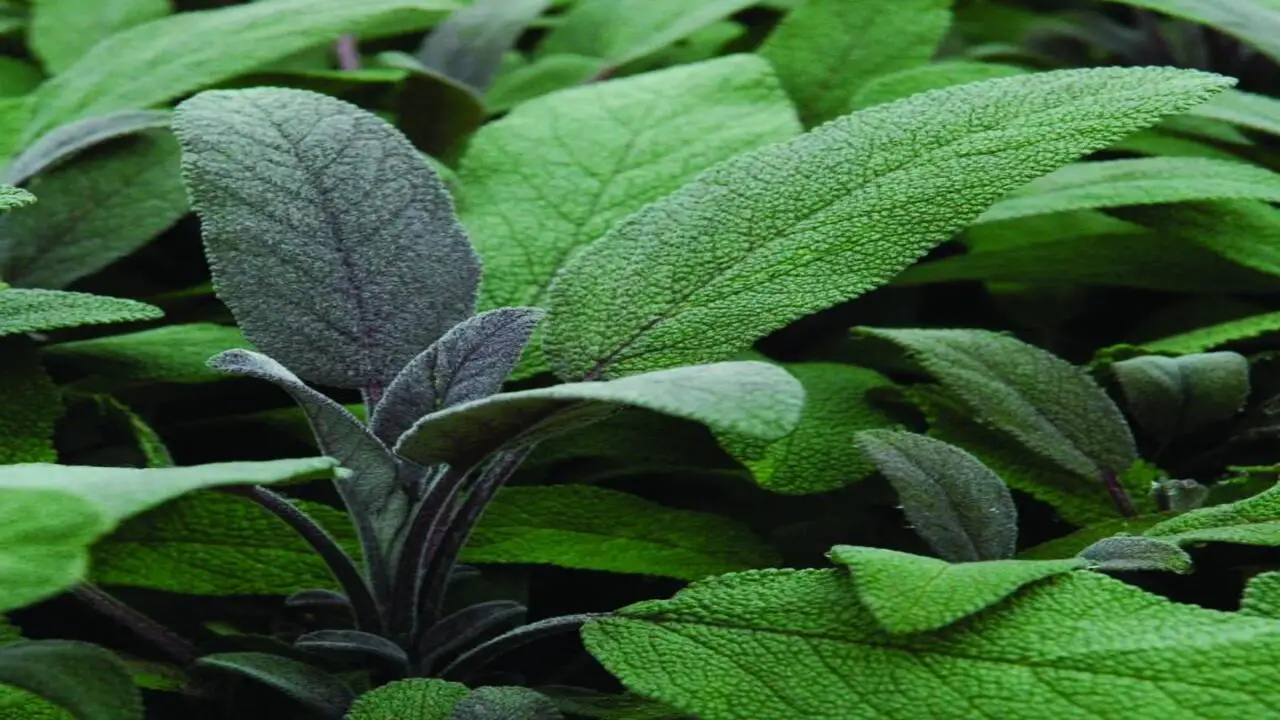
Azure Blue Sage, also known as Salvia azurea, is a stunning drought-tolerant perennial that boasts vibrant blue flowers. This type of sage is a favorite among gardeners because it attracts butterflies and hummingbirds.
Azure Blue Sage adds color to any landscape with its green leaves and azure blue blooms. Native to the central and southern United States, this variety thrives in full sun and well-draining soil. Its resilience and beauty make it a popular choice for novice and experienced gardeners.
Rusty Sage (Salvia Lanceolata)
Rusty Sage, also known as Texas sage, showcases vibrant orange-red flowers that add visual interest to any garden. This drought-tolerant perennial attracts pollinators like bees and butterflies and thrives in sandy soils. With its grayish-green leaves and stunning blooms, Rusty Sage is a great choice for xeriscaping. It requires minimal maintenance and is native to North America.
Fruit Scented Sage (Salvia Dorisiana)
Fruity Sage, also known as Fruit Scented Sage, boasts aromatic leaves with a delightful pineapple scent. Its tubular flowers bloom in shades of pink to red during the late summer. Native to Mexico and Central America, this sage variety thrives in full sun and well-draining soil. With its fruity aroma, it is highly sought after for culinary purposes.
How Does The Type Of Sage Affect Its Use?
The flavor and aroma of different types of sage vary, impacting its culinary, medicinal, or ornamental uses. Some varieties are more drought-tolerant and suitable for xeriscaping, while others attract specific pollinators like butterflies or hummingbirds. Consider each sage type’s unique qualities when selecting for your intended purpose.
Culinary Uses Of Different Sage Types
Common Sage, also known as culinary sage, is commonly used in savory dishes and stuffing. Pineapple Sage adds a sweet and fruity flavor to desserts, cocktails, and teas. With its vibrant red flowers, Scarlet Sage is often handy as a garnish or in salads. Garden Sage is frequently found in Mediterranean cuisine and pairs well with poultry. Each type of sage offers unique flavors that can enhance a variety of culinary creations.
Medicinal Uses Of Various Sage Species
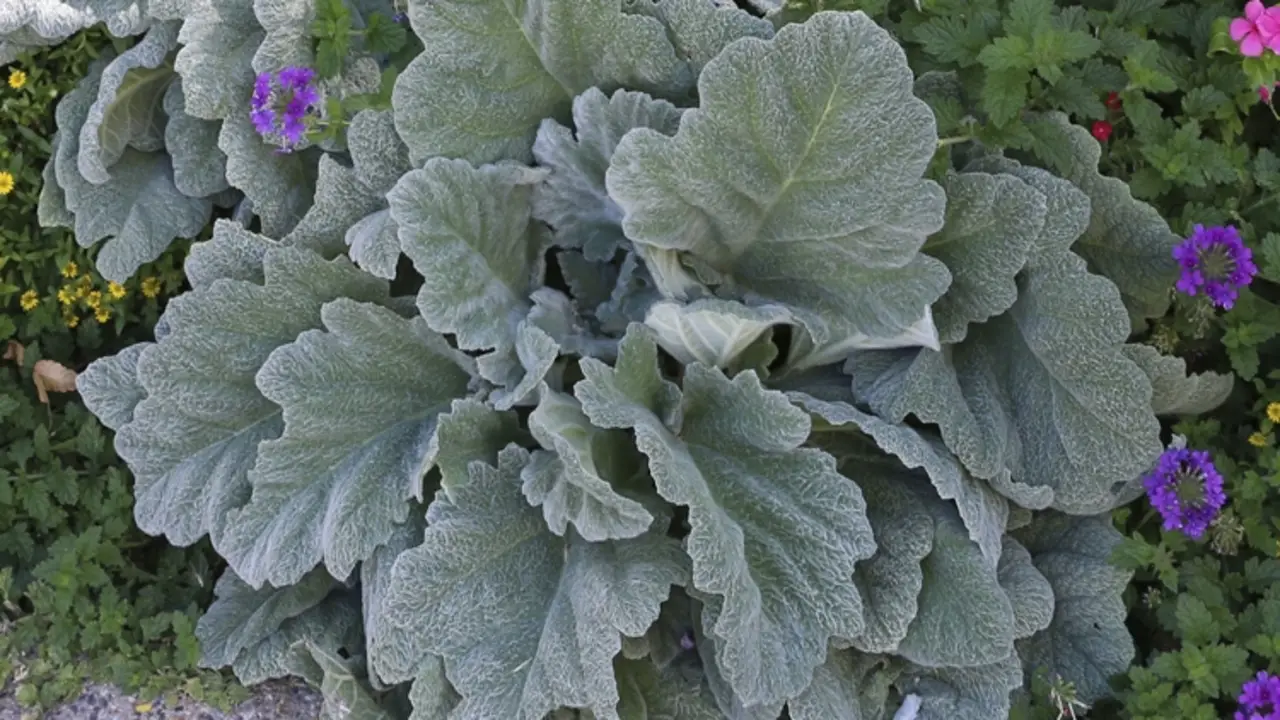
Common Sage, White Sage, and Clary Sage are different types of sage plants that offer various medicinal benefits. Common Sage has been used for centuries to treat sore throats and digestive issues. White Sage is commonly used in smudging rituals for its cleansing properties. Clary Sage is known for its calming effects and is used in aromatherapy. Always consult with a healthcare professional before using sage for medicinal purposes.
Ornamental Uses Of Sage
People celebrate Sage plants, like Purple Sage and Salvia leucantha, for their ornamental value, as they bring texture, color, and fragrance to gardens and landscapes. With its soft and airy appearance, Russian Sage adds a touch of elegance to flower beds. Additionally, sage is commonly used in flower arrangements and dried herb crafts, making it a versatile choice for enhancing the aesthetic appeal of any garden.
Maintaining And Caring For Your Sage Plants
To ensure the health and vitality of your sage plants, it’s important to provide them with well-draining soil to prevent root rot. Regular pruning will help promote bushier growth and prevent legginess. Remember to remove any dead or diseased leaves for optimal plant health. Fertilization during the growing season will keep your sage plants thriving. Be careful not to overwater, as sage is susceptible to root rot.
Watering Your Sage Plants: What You Need To Know
When watering your sage plants, there are a few important things to remember. Sage plants are known for their drought-tolerant nature and prefer dry conditions. It’s essential to water them sparingly and allow the soil to dry out between waterings. Overwatering can lead to issues like root rot, so it’s crucial to avoid it. Once established, sage plants can often thrive with minimal water. Monitor your plants closely and adjust watering based on their specific needs.
Pruning And Harvesting Tips For Sage
To keep your sage plants healthy and productive, it’s important to prune them in early spring. This encourages new growth and helps maintain their shape. When harvesting sage leaves, snip them from the plant, leaving the stems intact. Dry the harvested leaves in a cool, dry place before storing them in an airtight container. Regular pruning prevents woody growth and promotes better leaf production, ensuring a bountiful supply of sage.
Pest And Disease Management In Sage Plants
Pests and diseases can pose a threat to the health of sage plants. Common pests like aphids and spider mites can affect their growth. To prevent infestations, natural remedies and pesticides can be handy. Sage plants are also susceptible to diseases like powdery mildew and root rot. Proper plant care, sanitation practices, and early intervention are crucial to maintaining health. Regular monitoring helps in identifying symptoms and taking necessary measures.
Is Growing Sage Plants Indoors Possible?
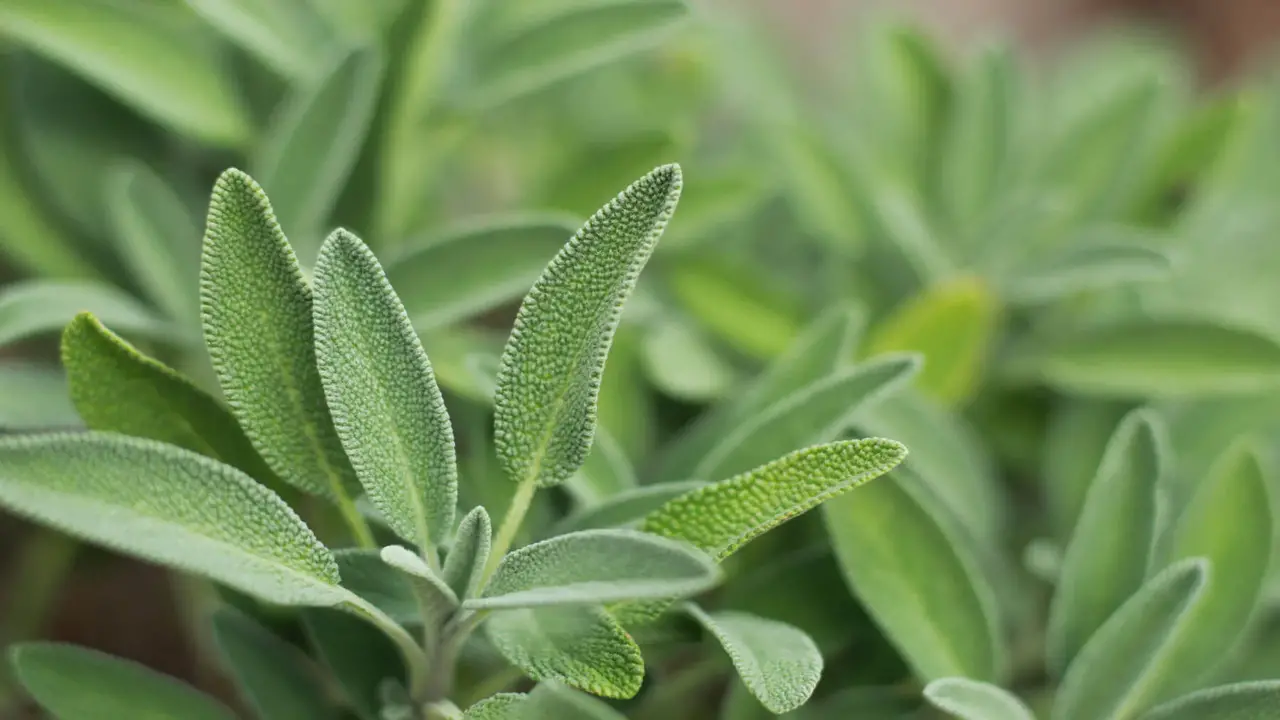
Yes, it is possible to grow sage plants indoors. With well-draining soil, bright sunlight, and regular watering, sage plants can thrive in containers or pots, making them a perfect choice for indoor gardening. Remember to provide proper care and maintenance for healthy growth.
Indoor Sage Plant Care Tips
To ensure optimal growth of your indoor sage plant, start by choosing a pot size suitable for its root system. Use well-draining soil, preferably a mix of loam and sand. Proper drainage is crucial to prevent waterlogging and root rot.
Put the plant in a location that receives at least six hours of sunlight daily, or use grow lights if natural light is limited. Remember to provide good air circulation to prevent fungal growth. Water your sage sparingly, allowing the top inch of soil to dry out between waterings. Over-watering can lead to root rot, as sage plants are sensitive to dampness. Finally, prune your sage regularly to maintain a bushier, compact shape and prevent overcrowding.
Conclusion
Understanding the different types of sage plants allows you to explore their various uses and benefits. Each sage species brings unique characteristics and flavours from culinary to medicinal and ornamental purposes. Whether you’re growing sage in your garden or indoors, it’s important to provide the ideal conditions for their growth and care for them accordingly.
Remember to water, prune, and harvest your sage plants properly while aware of potential pests and diseases. With proper knowledge and care, you can enjoy the beauty and benefits of sage plants in your home or garden.
Frequently Asked Questions
1.How Many Different Kinds Of Sage Is There?
Ans: There is an impressive variety of sage plants, with over 900 species. Some common types include garden sage, pineapple sage, and purple sage. Each species of sage can have unique aromas, flavors, and medicinal properties, so it’s important to research the specific type you’re using.
2.Are There Different Types Of Sage Plants?
Ans: Yes, there is a diverse range of sage plants. Varieties like garden sage, pineapple, purple, and white sage offer unique flavors and aromas. Sage is versatile and handy in cooking, medicine, and spiritual practices.
3.Are All Sage Varieties Edible?
Ans: Not all sage varieties are edible. While common culinary sage varieties like common sage, pineapple sage, and golden sage are handy in cooking, other varieties, such as white and black sage, are primarily handy in smudging ceremonies. Always research the specific variety before consuming it to ensure it is safe.
4.What Are The Different Colors Of Sage Plants?
Ans: Sage plants exhibit a variety of colors, including green, grey, purple, and variegated varieties. Among them, green sage is the most commonly handy in culinary applications. Grey sage has a distinct aroma and is often utilised for smudging purposes. Purple sage is popular for its soft foliage and is mainly grown for ornamental reasons.
5.What Does A Hortensia Flower Look Like?
Ans: A hortensia flower, a hydrangea, showcases large, eye-catching clusters of pink, blue, or white blossoms. These round-shaped flowers consist of numerous small blooms and are often handy in gardens and as cut flowers for bouquets.

